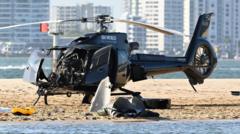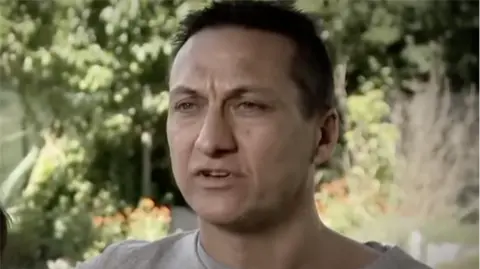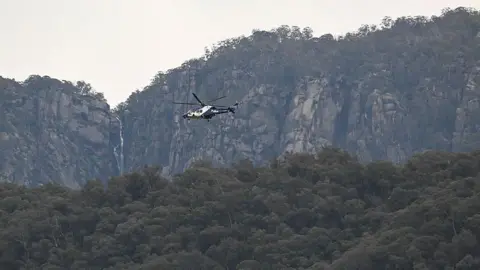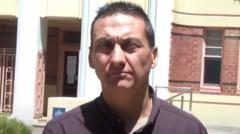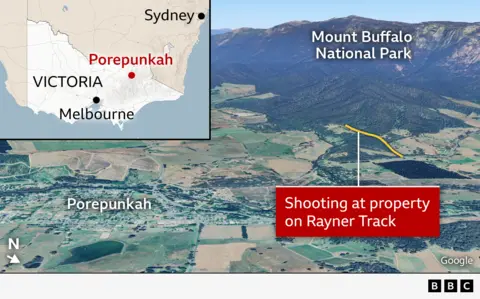The tragedy unfolded in January 2023 when two helicopters collided mid-air near Sea World on Australia's Gold Coast, a popular tourist destination. A thorough investigation conducted by Australia's Transport and Safety Bureau (ATSB) uncovered that a malfunctioning radio antenna played a key role in the communication breakdown between the aircraft, leading to the catastrophic collision.
The crash resulted in the deaths of four individuals, including two British tourists, Diane Hughes and her husband Ron, who were visiting Australia, and a local helicopter pilot, Ashley Jenkinson. The collision occurred shortly after one helicopter had taken off while the other was preparing to land. Reports indicated that prior to the accident, the pilot of the departing helicopter failed to hear a crucial radio call from the arriving helicopter, a failure attributed to the faulty antenna.
In the aftermath of the crash, the ATSB reported that modifications made by Sea World to expand its helicopter services, such as introducing larger helicopters and a second helipad, inadvertently compromised essential safety protocols designed to manage air traffic separation. As a result, a significant conflict point was created between incoming and outgoing helicopters.
The investigation highlighted that the departing helicopter took off based on incorrect information relayed by ground crew, leading to the fatal incident. The inbound helicopter pilot, believing there was no immediate threat, did not take necessary precautions as he prepared to land.
ATSB Chief Commissioner Angus Mitchell emphasized the importance of meticulously managing operational changes and adhering to established safety processes to prevent unintended consequences in aviation operations. The report concluded with 28 findings that underscored critical lessons for other operators and pilots to enhance safety practices in the wake of this tragic event.
The crash resulted in the deaths of four individuals, including two British tourists, Diane Hughes and her husband Ron, who were visiting Australia, and a local helicopter pilot, Ashley Jenkinson. The collision occurred shortly after one helicopter had taken off while the other was preparing to land. Reports indicated that prior to the accident, the pilot of the departing helicopter failed to hear a crucial radio call from the arriving helicopter, a failure attributed to the faulty antenna.
In the aftermath of the crash, the ATSB reported that modifications made by Sea World to expand its helicopter services, such as introducing larger helicopters and a second helipad, inadvertently compromised essential safety protocols designed to manage air traffic separation. As a result, a significant conflict point was created between incoming and outgoing helicopters.
The investigation highlighted that the departing helicopter took off based on incorrect information relayed by ground crew, leading to the fatal incident. The inbound helicopter pilot, believing there was no immediate threat, did not take necessary precautions as he prepared to land.
ATSB Chief Commissioner Angus Mitchell emphasized the importance of meticulously managing operational changes and adhering to established safety processes to prevent unintended consequences in aviation operations. The report concluded with 28 findings that underscored critical lessons for other operators and pilots to enhance safety practices in the wake of this tragic event.

